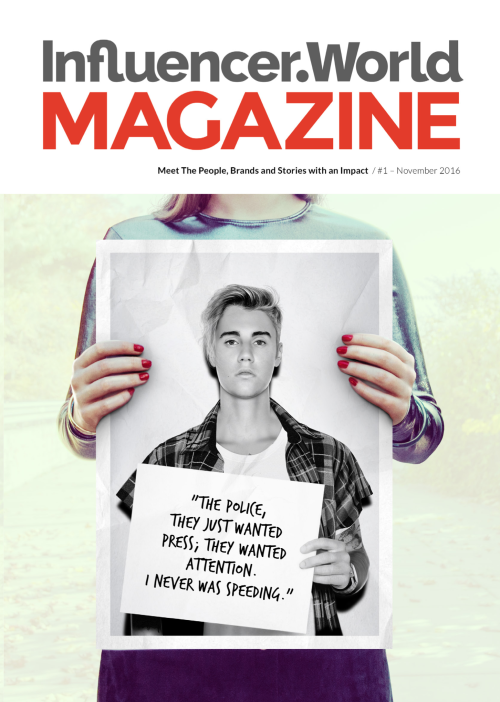 Remember the early days of celebrity endorsements on TV and in print? This initial form of influencer marketing took root in the marketing zeitgeist. And it’s evolved with technology, creating an entire genre of social media influencers. From there, we’ve seen a massive rise in people who are famous simply for being famous – digital celebrities with massive fan bases, often highly prized by brands looking for mass reach.
Remember the early days of celebrity endorsements on TV and in print? This initial form of influencer marketing took root in the marketing zeitgeist. And it’s evolved with technology, creating an entire genre of social media influencers. From there, we’ve seen a massive rise in people who are famous simply for being famous – digital celebrities with massive fan bases, often highly prized by brands looking for mass reach.
Now, the trend is scaling back. As social platforms are hit with follower fraud and deceptive bots that put that “massive reach” in question, brands are turning to micro-influencers, key people in tightly defined niches. They may not have the reach of a Kardashian, but they have something more important – the ability to truly connect in a personalized way with a tightly targeted group of like-minded people.
If this ability sounds familiar, it should – it’s the same premise that has made direct mail such a mainstay of marketing strategies. And in this age of hyper-targeted, uber-relevant messaging, digital influencing in learning more and more on the tried and true techniques of DM, notes Taryn Williams writing in Mumbrella.
“We are living in a disrupted world. Technology has invaded our lives with myriad options and opportunities,” Williams writes. “But it has done so on a limited number of devices and platforms. That means that while there is a lot to look at, it’s all crammed on to only a handful of devices. Your smartphone, laptop, tablet, TV, for example. And then on those, only a few platforms: Instagram, Facebook, Twitter.”
In other words, the digital flood can easily be turned off. And it is turned off by default many times throughout the day. Like when you go to check your mailbox.
“The simple fact is a letter in your mailbox doesn’t have to compete with a 57 new Instagram posts, 14 new LinkedIn connections, three new Facebook friend requests and 89 retweets – not forgetting Spotify and Netflix,” Williams continues.
The key benefits of direct mail – which the microinfluencer industry is fast adopting – are personalization and hyper-local relevance.
“People trust people they know. They will look up to celebrities and take their product advice, but they will do this more so with people they trust,” Williams explains, citing CMO research.
“Suddenly, mum, dad, brother, sister, neighbour, shop assistant and more are really important influencers, but have a relatively small but concentrated reach,” she continues.
What’s the takeaway for brands? As we build out solid multi-channel strategies, it’s important to understand the “why” behind our choices. It’s not direct mail versus online ads; rather it’s hyper-local, highly personalized messaging, delivered on the channels on which our audience is engaged, versus mass exposure shot-in-the-dark message that doesn’t engage much at all.
It’s a refreshing change in the industry.
